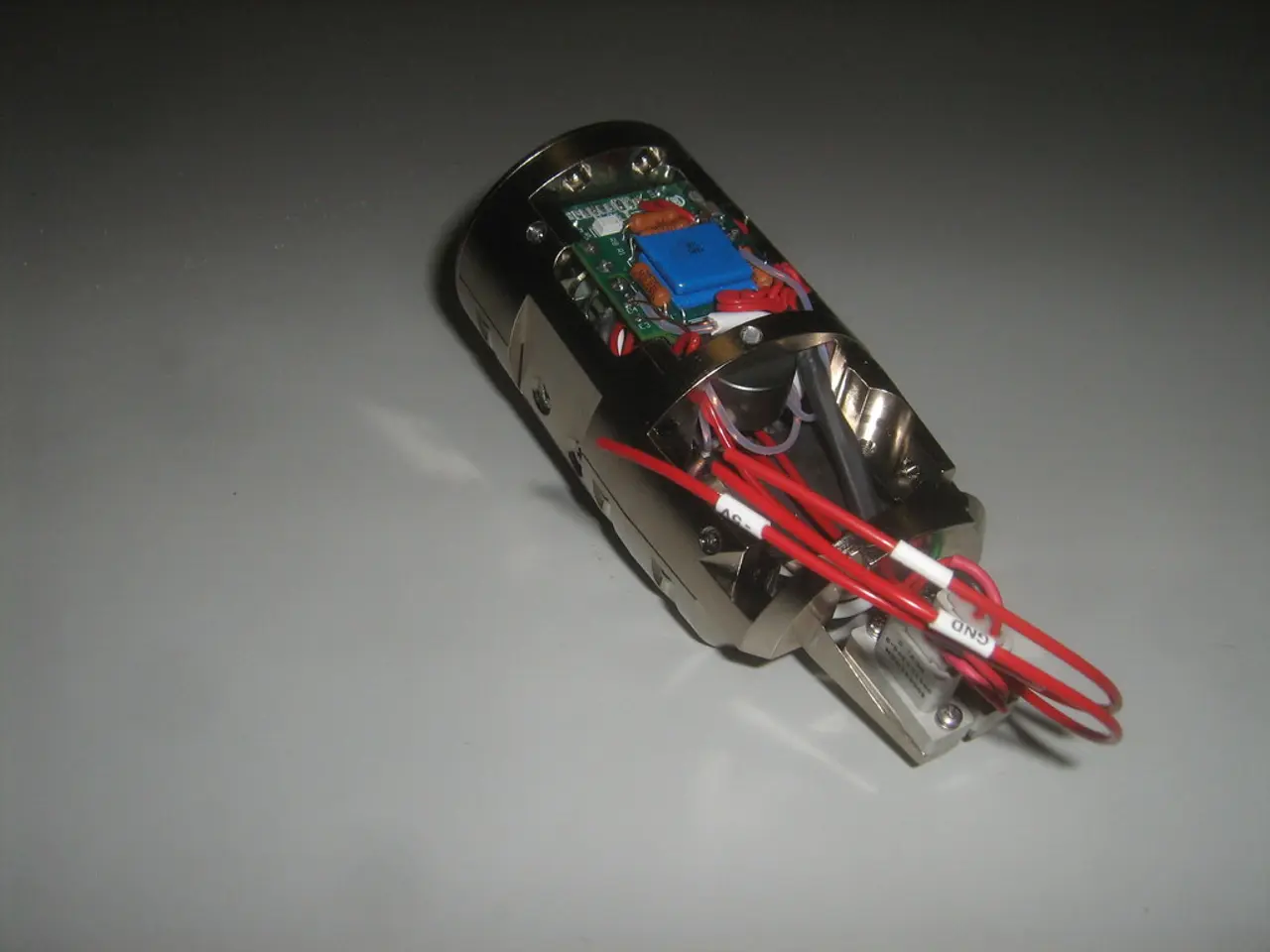Threats Posed by Intricate Assaults on Self-Driving Cars
In the rapidly evolving world of autonomous vehicles (AVs), ensuring the safety and security of these advanced machines is paramount. With the potential for cybercriminals to infiltrate AVs, posing threats to public safety, a comprehensive, multi-layered approach is essential to protect these vehicles from sophisticated attacks.
AVs, which operate using artificial intelligence (AI), sensors, and communication systems, collect vast amounts of personal data. This data, including travel routes, destinations, and even passengers' biometric information, necessitates robust data privacy and integrity measures. AI-driven anonymization and post-quantum cryptography techniques are being employed to safeguard data integrity, traceability, and user privacy across system versions.
One of the critical vulnerabilities in AVs is LiDAR and radar interference. Attackers can potentially jam or disrupt these signals, making it difficult for the vehicle to accurately perceive its environment. To counteract this, sensor redundancy and fusion are being utilised, ensuring continued perception accuracy even if some sensors are compromised or blinded.
GPS spoofing is another potential attack on AVs, where a hacker sends fake GPS signals to confuse the vehicle's navigation system. AI-driven systems can be used to monitor sensor performance in real-time, enabling AVs to detect and respond to anomalies quickly. Hackers could also potentially spoof or interfere with the sensors of AVs, providing false information or obscuring important features like road signs.
Cybercriminals could potentially take control of critical systems like braking, acceleration, and steering in AVs, leading to hijacking vehicle control systems, causing accidents, data breaches, and endangering public safety. To mitigate these risks, a multi-layered cybersecurity architecture is being implemented to protect every component from embedded systems to cloud infrastructure.
Intrusion Detection and Prevention Systems (IDPS) are continuously monitoring for unauthorised access and emerging threats, ensuring early detection and prevention. AI integration is also being used to predict, identify, and respond to cyber threats proactively, including AI-based anomaly detection and real-time behavioural analysis to enhance situational awareness and threat management.
Collaboration between governments, car manufacturers, and cybersecurity firms is vital to developing and implementing robust security standards for AVs. The establishment of industry-wide guidelines will help create a secure ecosystem for AVs. Redundancy systems should also be in place to ensure that AVs can still function safely if one system fails.
Governments will need to establish clear legal frameworks to handle situations when an autonomous vehicle is hacked, ensuring accountability. Manufacturers must focus on securing both the software and hardware of AVs, including regular software updates, robust encryption, and secure coding practices.
The defense of AVs against sophisticated cyberattacks requires integrating advanced AI technologies, rigorous standards compliance, continuous monitoring, and cooperative frameworks within and beyond the vehicle to maintain operational safety and user trust in increasingly connected automotive environments. With these measures in place, the future of AVs promises to be safe, secure, and beneficial for all.
The integration of AI-driven anonymization and post-quantum cryptography techniques is essential to protect the vast amounts of personal data collected by autonomous vehicles (AVs) from potential cyber threats. To counteract LiDAR and radar interference, sensor redundancy and fusion are being utilized, ensuring continued perception accuracy even if some sensors are compromised or blinded. Collaboration between governments, car manufacturers, and cybersecurity firms is crucial in developing and implementing robust security standards for AVs, as the future of autonomous vehicles promises to be safe, secure, and beneficial for all.




